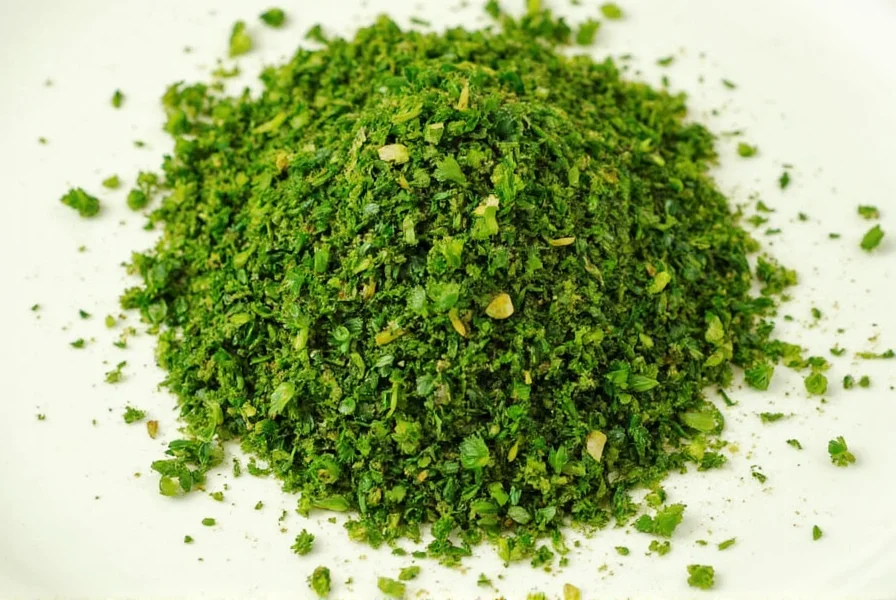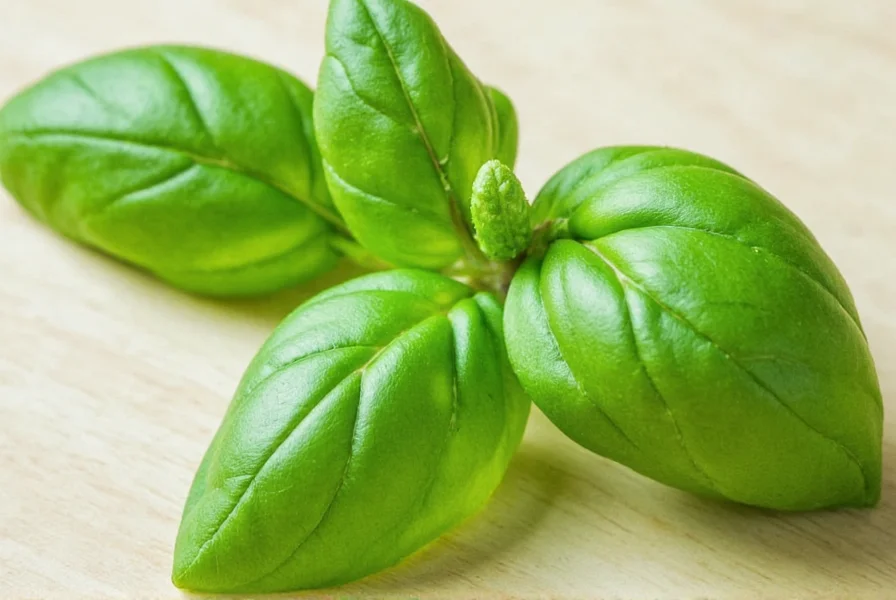Table of Contents
How to Use Dried Basil: Direct Answer
Dried basil is a versatile pantry staple that delivers rich flavor with minimal effort. To use it effectively, substitute one-third the amount of dried basil for fresh in recipes, add it early in cooking for full flavor infusion, and pair it with tomatoes, olive oil, or garlic for maximum impact. This guide provides actionable steps to master dried basil in everyday cooking.

5 Essential Tips for Using Dried Basil
- Substitute Correctly: Use 1 teaspoon dried basil for every 1 tablespoon fresh basil. Dried basil is concentrated, so start small and adjust to taste.
- Add Early in Cooking: Introduce dried basil at the beginning of cooking (e.g., when sautéing onions) to allow flavors to meld with other ingredients.
- Combine with Oils: Mix dried basil with olive oil for instant herb-infused dressings or marinades. Use 1 tablespoon oil per 1/2 teaspoon basil.
- Pair Strategically: Dried basil complements tomatoes, garlic, oregano, and thyme. Avoid pairing with delicate herbs like cilantro where its strong flavor may dominate.
- Store Properly: Keep in an airtight container away from light and heat to preserve potency for up to 12 months.
Best Dishes for Dried Basil
Dried basil shines in cooked dishes where heat releases its full flavor profile. Here are top applications:
- Tomato-Based Sauces: Add 1 teaspoon to spaghetti sauce or pizza sauce for earthy depth. Simmer for 10+ minutes to fully integrate.
- Soups and Stews: Stir 1/2 teaspoon into vegetable soup or beef stew during the last 5 minutes of cooking for aromatic richness.
- Baked Goods: Sprinkle 1/4 teaspoon into focaccia dough or savory muffins for a subtle herbal note.
- Marinades and Rubs: Blend with paprika, cumin, and garlic powder for grilled chicken or vegetables. Use 1 teaspoon per pound of protein.
- Salad Dressings: Whisk with lemon juice, olive oil, and Dijon mustard for a quick vinaigrette. Add dried basil after emulsifying to prevent clumping.
| Recipe Type | Dried Basil Amount | Cooking Method | Flavor Impact |
|---|---|---|---|
| Tomato Sauce | 1 tsp per cup | Add at start, simmer 10+ mins | Earthy, balanced acidity |
| Vegetable Soup | 1/2 tsp per quart | Add in last 5 mins | Subtle warmth, no bitterness |
| Grilled Chicken Marinade | 1 tsp per lb | Marinate 30+ mins | Herbaceous, savory depth |
| Focaccia Dough | 1/4 tsp per cup flour | Mix into dry ingredients | Delicate, aromatic finish |
Proper Storage for Long-Lasting Flavor
Maximize dried basil's shelf life with these storage practices:
- Use opaque, airtight glass jars or containers to block light exposure.
- Store in a cool, dry pantry away from stovetops or ovens.
- Avoid refrigeration, as moisture causes clumping and flavor loss.
- Test freshness by crushing a pinch between fingers: vibrant green color and strong aroma indicate good quality.

Common Mistakes to Avoid
- Adding at the End: Sprinkling dried basil on finished dishes results in weak flavor. Always add early for infusion.
- Overusing: Using equal amounts to fresh basil creates bitter, overpowering notes. Stick to 1:3 ratio.
- Improper Storage: Leaving in clear containers or humid areas accelerates flavor degradation.
- Using Old Basil: Dried basil loses potency after 6-12 months. Replace if color fades or aroma is weak.
Frequently Asked Questions About Dried Basil Usage
What is the substitution ratio between dried and fresh basil?
The standard ratio is 1 teaspoon dried basil for every 1 tablespoon fresh basil. This accounts for the concentrated flavor from drying. For example, if a recipe calls for 2 tablespoons fresh basil, use 2 teaspoons dried.
When should I add dried basil during cooking?
Add dried basil early in the cooking process—typically when sautéing aromatics or starting sauces. This allows heat to release its oils and integrate fully. For soups or stews, add 5-10 minutes before finishing to prevent overcooking.
Can dried basil be used in raw dishes like salads?
Yes, but with caution. Dried basil works best in dressings or vinaigrettes where it rehydrates. Avoid sprinkling directly on raw salads; instead, mix it into the dressing first. For garnish, use fresh basil instead for visual appeal and bright flavor.
How does dried basil differ from fresh in flavor?
Dried basil has a more concentrated, earthy, and robust flavor with reduced sweetness compared to fresh basil's bright, grassy notes. The drying process intensifies certain compounds while reducing volatile oils, making it ideal for cooked dishes but less suitable for raw applications where delicate flavors matter.
Why does my dried basil lose flavor quickly?
Flavor loss occurs due to light, heat, or moisture exposure. Always store in an opaque, airtight container away from windows or stovetops. If stored properly, dried basil maintains peak flavor for 6-12 months. Test freshness by crushing a pinch—if it lacks aroma, replace it.
What dishes should I avoid with dried basil?
Avoid using dried basil in raw applications like caprese salad, pesto, or fresh salsas where its strong flavor dominates. Also skip it in dishes requiring delicate herb notes, such as Vietnamese spring rolls or Thai salads. For these, fresh basil is superior.











 浙公网安备
33010002000092号
浙公网安备
33010002000092号 浙B2-20120091-4
浙B2-20120091-4